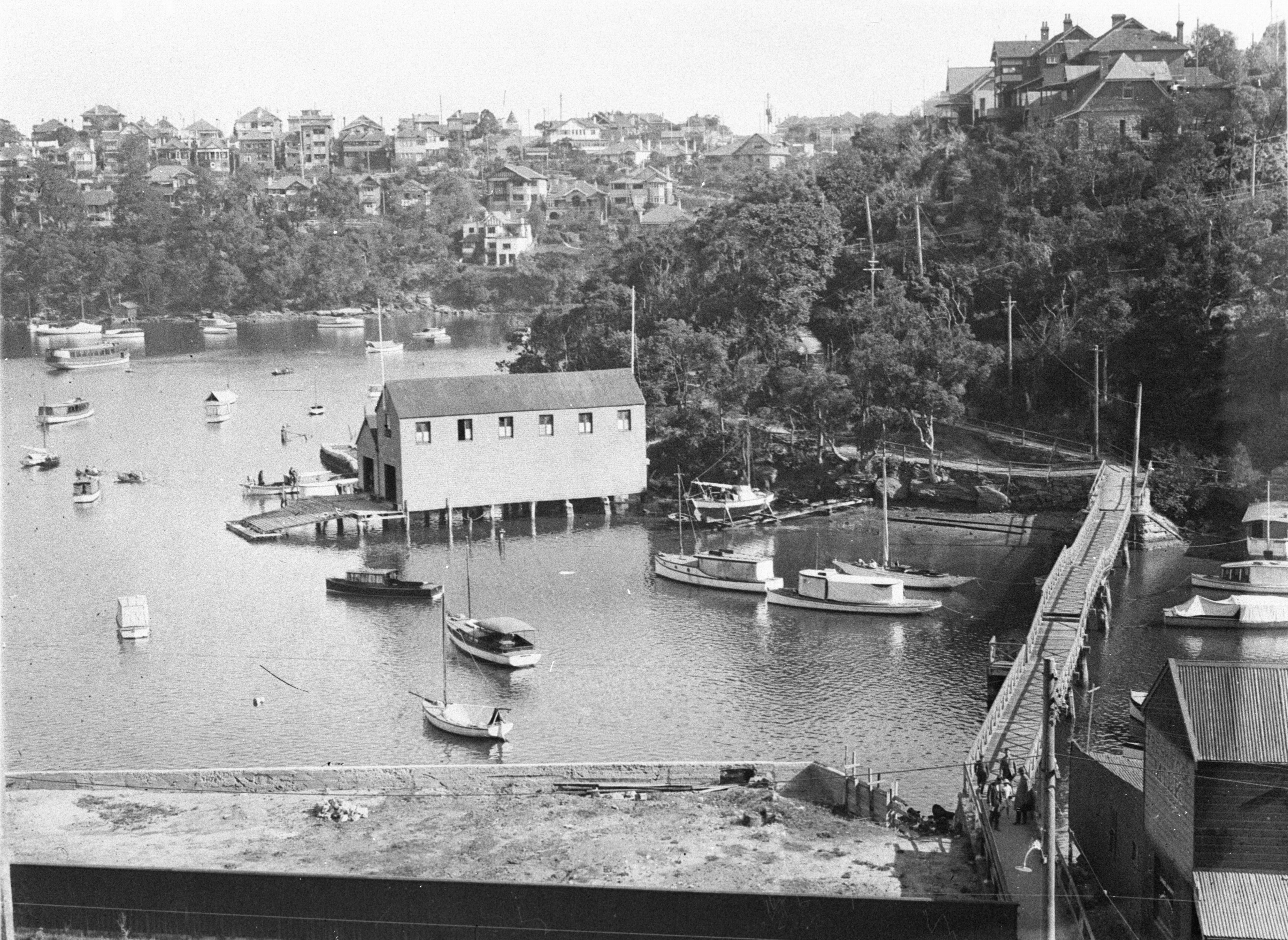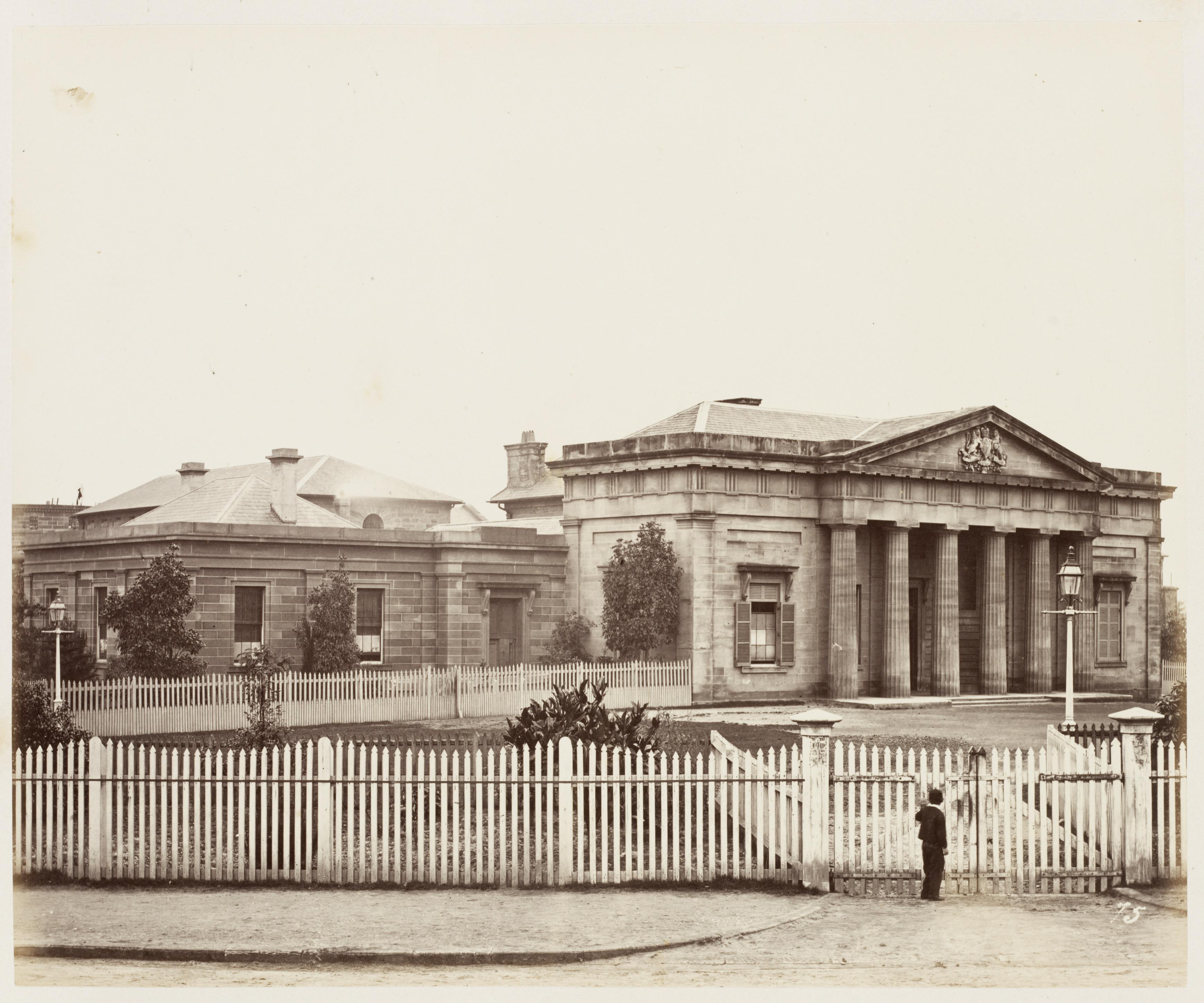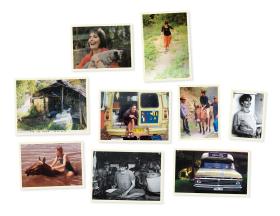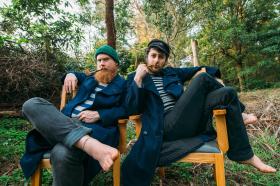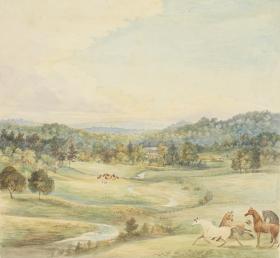When Scottish migrant Sarah Boyd was arrested for murder in 1923, Sydney detectives were surprised by how cooperative she was. When asked about her missing baby daughter, the small, frail woman answered, ‘I want to tell the truth’.
Although police had been confident they could get Sarah to talk during an interrogation, they didn’t anticipate how easy it would be to get to the truth. ‘I put a handkerchief in its mouth and I shoved it tightly,’ she blurted out as they were loading her into the back of a police car. ‘I tied its ankles together with another piece of string but by that time it was dead.’ The detective sergeant responsible for Sarah’s capture described her confession as chilling.
I stumbled across a newspaper article about this high-profile infanticide case about five years ago when I was researching the history of child protection in New South Wales. I learned that Sarah Boyd was 28 years old and living in a boarding house with her three-year-old son, Jimmie, when she gave birth to her second child, a baby girl. She had only been in Sydney for a few months. Shortly after the birth, Sarah killed the newborn and hid the body in a suitcase, which she threw into the deep waters of Circular Quay. The suitcase, and its grim contents, washed up on a Mosman beach a few days later.
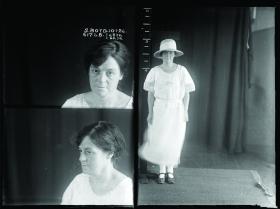
I didn’t set out to write a true crime story. By trade, I’m a sociologist rather than a criminologist. I am interested in people, and in the way institutions shape lives. In pursuing Sarah’s biography, I was driven by one question — what could have happened in this woman’s life to bring her to this point?
As a first step, I travelled to the State Archives at Kingswood in western Sydney to see if I could locate any court or police documents relating to Sarah’s prosecution. There I found the transcripts associated with her criminal trial in the Supreme Court of NSW, the record of the Coroner’s inquest into her child’s murder, and the entry records for her period of imprisonment at the State Reformatory for Women at Long Bay.
Court transcripts and police depositions can be cold, clinical documents, heavy with legal jargon. They can also be rich sources of information about victims and perpetrators, and the social and economic context in which people lived.
In her interview with police, Sarah talked about her everyday life in simple yet vivid terms. As a migrant woman who left Scotland for the Antipodes in search of a better life, what she found here was misery. Unmarried, pregnant and unemployed, she struggled to survive in a country vastly different from her own. Witnesses at the trial confirmed this bleak picture of Sarah’s life just before her second child was born. She could barely afford to care for her son, Jimmie, whom she loved dearly. She had so little money she borrowed clothing, even underwear.
Criminal trial transcripts detail the police investigative process undertaken by police, as well as the crime itself. A young, ambitious police officer, Constable Wright Sherringham, described the steps he took to find Sarah, and the evidence he collected along the way. A ticket from the Model Laundry Company in the city had been found wrapped up in the material that held the murdered child’s body. As the company kept meticulous records, including customer addresses, the ticket led police to Sarah.
I was looking for a fuller picture of Sarah’s life that would take me beyond the awful details of the crime. Using digitised census records from Scotland, New Zealand and Australia, I traced Sarah’s roots to Paisley in Scotland in the 1800s. Then I used census information, newspaper articles, church and baptism records and criminal court transcripts to examine the social, cultural and economic milieu of Paisley at the time.
Sarah was born in a grim house in a grim street in a grim town. She was raised by a widowed father in a tiny, overcrowded home with many siblings. The Boyds, and all their neighbours, worked in the same textile mill. The conditions there were poor, the pay low, and the hours long. Many local people died of brown lung disease, a bronchial illness caused by inhaling dust and fibre fragments at the factory. The Boyds were already living an economically precarious existence. Then Sarah got pregnant.
Sarah was an ordinary woman, struggling to make ends meet. If she had kept a memoir or a diary, no one would have considered it important enough to be retained. So we don’t have the luxury of what might be called heirloom history in the form of private letters or estate papers. We can’t know exactly what Sarah was thinking. But small fragments of her life remain, scattered across a range of administrative and official documents in the archives.
Birth, deaths and marriage records and parish registers confirm that Sarah was not married. Her pregnancy would have brought great stigma and shame to the family. With no social welfare and without her family’s support, her situation would have been bleak indeed.
I began scanning migration records to see what I could learn about Sarah’s journey to New South Wales. Steamship passenger lists carry important pieces of biographical information, including a traveller’s full name, age, marital status and occupation. They also record ports of arrival and departure. Incoming passenger records allowed me to follow Sarah’s perilous journey from Scotland to Wellington in New Zealand in 1920 and then to Sydney in 1923. When a measles outbreak during her passage took many lives, Sarah was lucky to survive. I also learned that she worked as a tailoress, and that she had falsely represented her status as married.
The extensive records on child protection in New South Wales — including the ‘boarding out’ or foster system and the many orphanages — helped form an important backdrop for this story. It was only when I gleaned the circumstances of child removal in this era that I began to grasp the immense disgrace that came with having a child out of wedlock.
The state was quick to deem a parent ‘morally unfit’ if they were single and/or unwed. Even the act of surrendering a child to an orphanage attracted great stigma for both parent and child.
Words can be used to tell Sarah’s story, but so too can photographs. Sarah was born in 1895, so it was likely that few — if any — photographs would have been taken of her before her imprisonment. Only three images of Sarah can be found — her gaol entry photographs. In them, she is tiny (only five feet tall) and appears even smaller with her shoulders slumped in defeat. There is undeniable sadness and loss in her eyes.
My 18 months of research into Sarah’s story culminated in 2018 with the publication of The Suitcase Baby. I’ve since written three more books of historical true crime, each telling a story from a different era of Sydney’s history. My books always begin with a crime but unfold as deeply personal stories.
For each case, I study the social and economic context. I examine the family history of both perpetrator and victim. I try to understand what happened just before the terrible event, and take some measure of its aftermath. It’s the depth of the material in the archives that makes it possible to explore simultaneously the individual biography and the crime.
Writing true crime has been an opportunity to share women’s history in a different way. As tragic as Sarah Boyd’s story is, it gives us many insights into the economic challenges and vulnerabilities that many women faced at the turn of the twentieth century.
Dr Tanya Bretherton is the author of The Suitcase Baby, The Suicide Bride, The Killing Streets (winner of the 2020 Danger Prize) and The Husband Poisoner, all published by Hachette. Browse available titles from the Library Shop here.
This story appears in Openbook Spring 2021.

